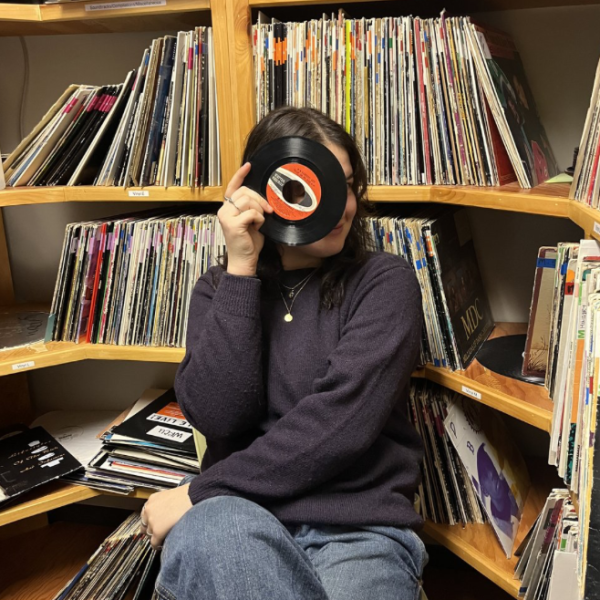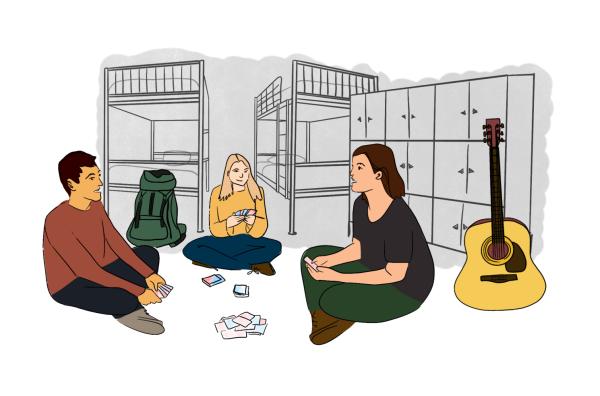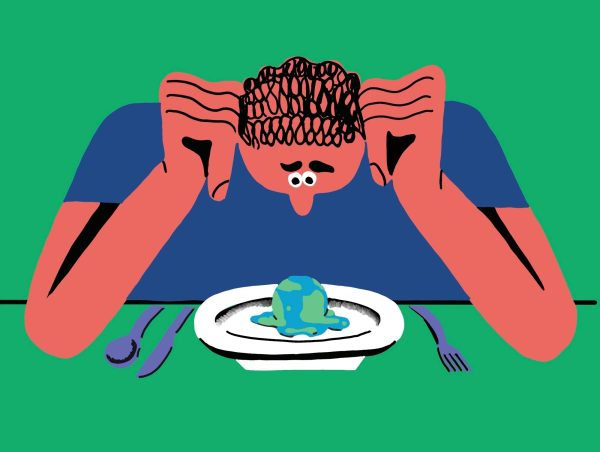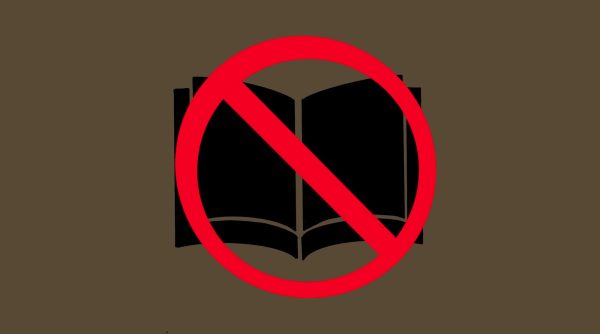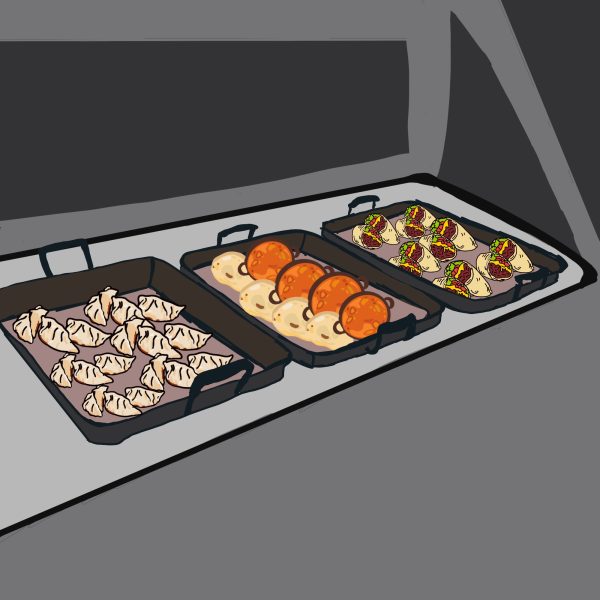Hot Take: West Coast Wildfires and the Social Implication of Climate Change
In the fall, embracing the contrasting beauty of the clear blue sky with the colorful foliage in the cool autumn air of upstate New York is a trademark experience for Hamilton residents. And while different regions of the nation are used to experiencing the fall in distinct ways, this year things have changed drastically on the West Coast, as over three million acres of land have burned from deadly, record-breaking wildfires. But as horrendous as they are, it should be of no surprise that these historic wildfires have been increasing in intensity and severity over the years in the face of unmitigated climate change. By creating ideal conditions for fires to start and continue to burn (prolonged droughts, hotter, more arid temperatures resulting in extremely dry forest conditions), the world has entered a new age where these annual record-breaking fires have become the new norm.
We hear a lot about climate change and how it will affect every single living thing on the planet. It will—as it is changing every aspect of the environment as we know it—but the extent to which it affects different people will vary drastically. While California and Oregon are literally on fire at the moment and entire communities are burning to the ground, most people on the East Coast were genuinely surprised to have caught the white haze of smoke filling the entire sky on Sept. 16. Blocking out our normally clear fall skies, the smoke from the vast West Coast wildfires was brought on by the weather system and was visible all the way from regions of the East Coast over 2000 miles away, including the otherwise peaceful Hamilton, New York.
Climate change is sometimes referred to as a leveling force because it is an unavoidable reality of which people either will be or are already facing the consequences. Yet, as demonstrated by these wildfires, climate change incurs disproportionate harm to different populations in this world. Like in so many other instances, it is often those who have contributed the least to the problem, in this case, who have contributed the least to global carbon and other greenhouse gas emissions, that will suffer the most from the results. While fires continue to blaze, leading to hazardous air quality on the West Coast, agricultural workers (composed mostly of Latino immigrants) continue to perform hard labor for minimum wage. These agricultural workers have nothing but a mask to wear for protection while trying to make ends meet for their families. Meanwhile, inmate firefighters work alongside official firefighting units only to be paid around 1.90 dollars a day while risking their lives and putting in the same amount of work as official firefighters to combat some of the largest wildfires the West Coast has ever seen. All too often, the blunt end of suffering falls upon the most underprivileged groups, and this is true in the case of climate change as well.
In cozy Hamilton, New York, most of us don’t have to worry about the dangers of wildfires, floods, severe tropical storms, droughts or any other natural disasters that climate change has made more likely to occur. Safe from harm, we often have an easier time forgetting about the problems the world faces. We think that as long as we’re not directly impacted, life goes on. However, this luxury isn’t afforded to many people around the world, and the stringent West Coast wildfires are just a sliver of the endless environmental problems the world faces. The reality we face is harsh. If we don’t vote the right people into office this November to take on our serious problems, the omnipotent force of climate change will continue on its course to inescapable destruction, affecting more and more people, including us.






